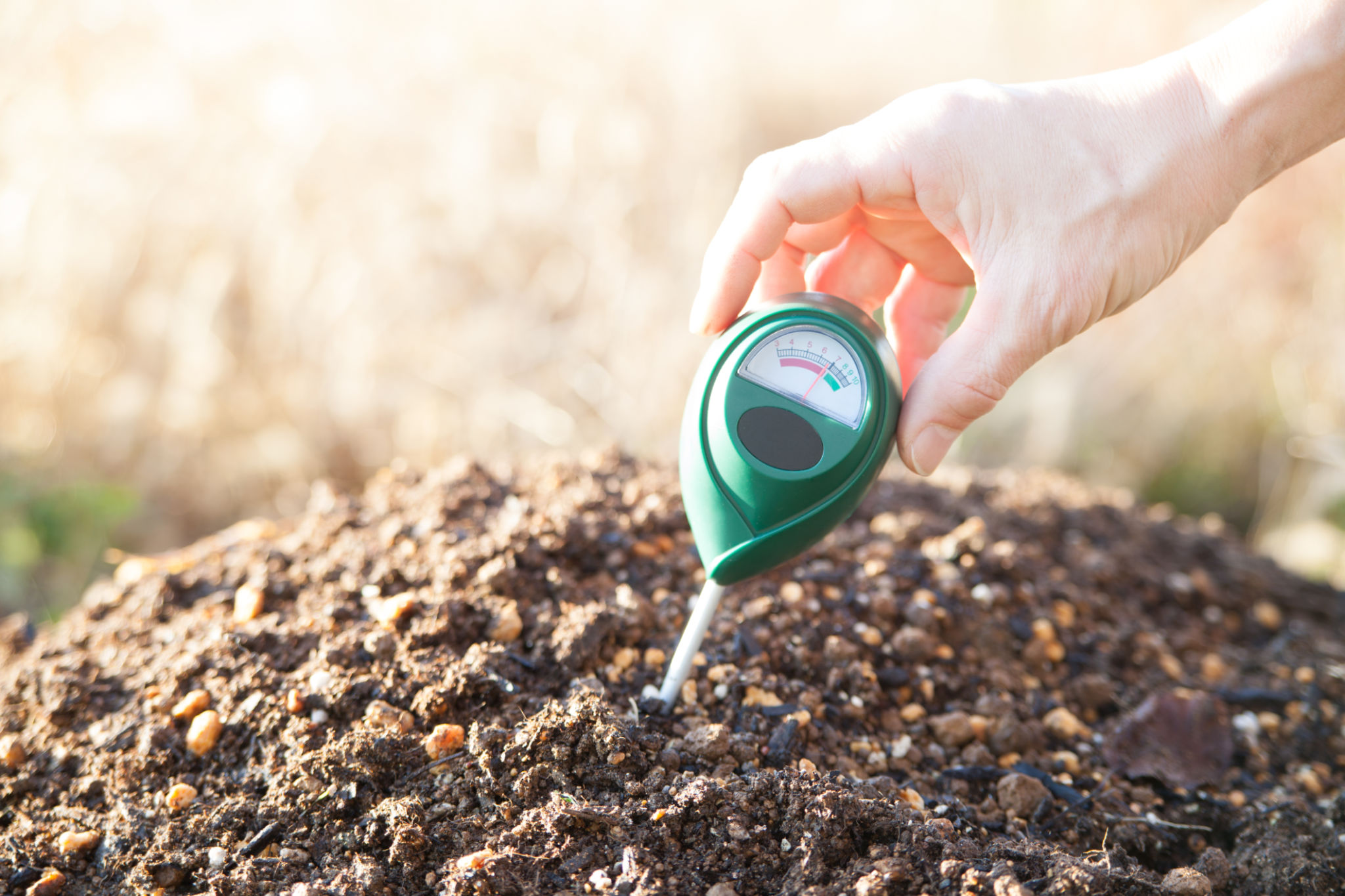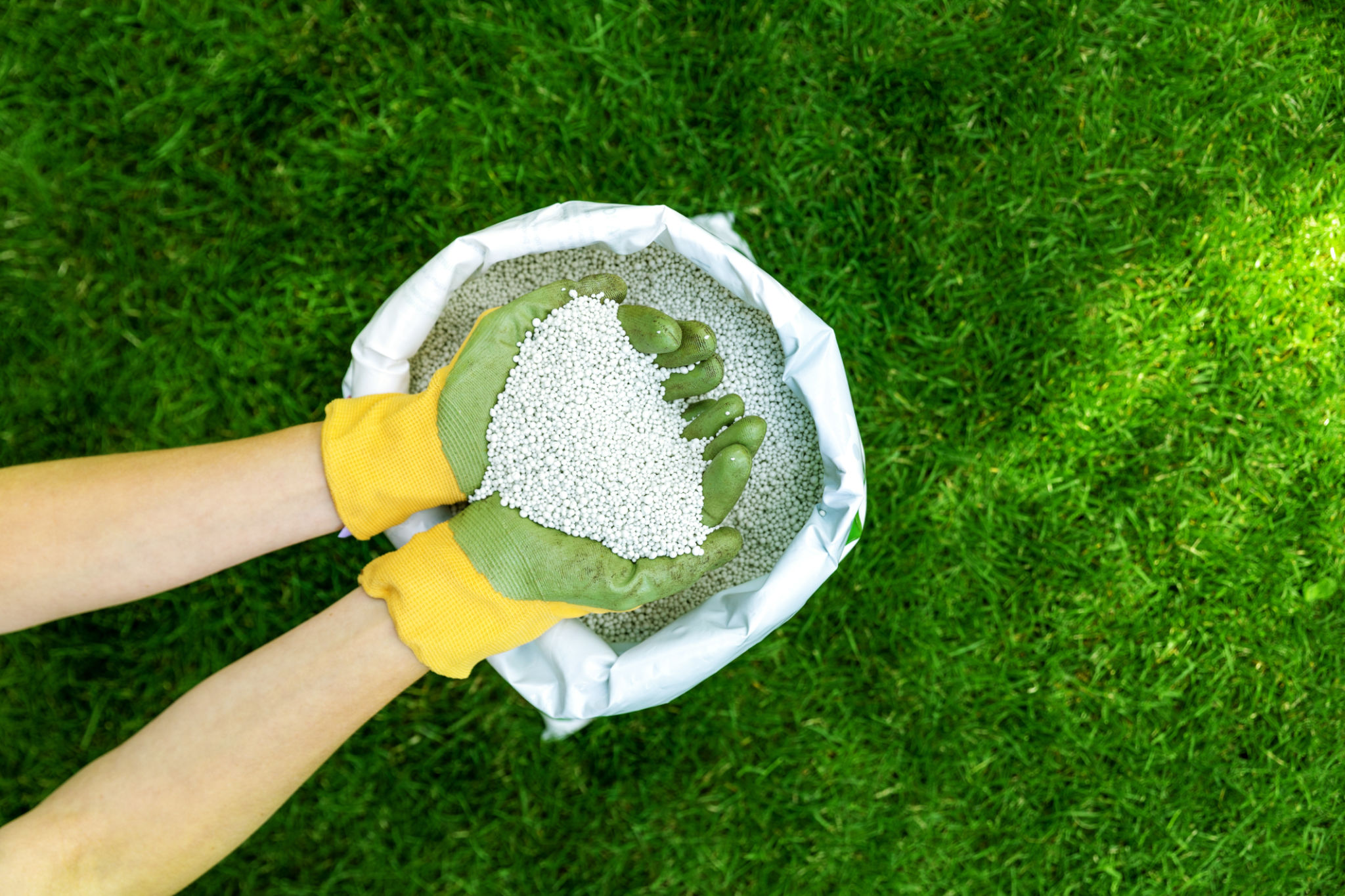How to Choose the Right Lawn Care Products for Your Yard
Understanding Your Lawn's Needs
Before diving into the vast world of lawn care products, it's crucial to understand your lawn's specific needs. Each lawn is unique, influenced by factors like climate, soil type, and grass species. Start by assessing the condition of your lawn. Is it dry and patchy, or lush and green? Does it have weeds or pests? Identifying these aspects will help you determine which products are necessary.
Conduct a soil test to uncover nutrient deficiencies. This simple step provides valuable information on the pH level and nutrient composition of your soil, guiding you in selecting the right fertilizers and amendments.

Fertilizers: Feeding Your Lawn
Fertilizers play a vital role in maintaining a healthy lawn. They provide essential nutrients that grass needs to grow strong and resilient. When choosing a fertilizer, consider the nutrient ratio, which is represented by three numbers (N-P-K) indicating nitrogen, phosphorus, and potassium content. Each element serves a specific purpose: nitrogen promotes growth, phosphorus aids root development, and potassium enhances disease resistance.
Select a fertilizer based on your soil test results. For a quick green-up, opt for a high-nitrogen fertilizer. If your lawn requires more balanced nutrition, choose a product with equal parts of all three nutrients.

Weed Control: Keeping Your Lawn Pristine
Weeds compete with grass for nutrients, sunlight, and water, so effective weed control is essential. There are two main types of weed control products: pre-emergent and post-emergent. Pre-emergent herbicides prevent weed seeds from germinating, while post-emergent options tackle weeds that have already sprouted.
Select a product that targets the specific weeds in your yard. Read labels carefully to ensure that the herbicide you choose is safe for your grass type. Integrated weed management, combining cultural practices with chemical controls, often yields the best results.
Pest Control: Protecting Your Turf
Pests can wreak havoc on an otherwise healthy lawn. Common culprits include grubs, chinch bugs, and armyworms. Identifying the pest is the first step in choosing the right control product. Biological controls, like beneficial nematodes, offer an eco-friendly solution for many pests. For severe infestations, chemical insecticides may be necessary.

When using chemical pesticides, always follow label instructions to minimize harm to beneficial insects and the environment. Regular monitoring and preventive measures can help maintain pest-free grass long-term.
Environmental Considerations
It's important to consider the environmental impact of lawn care products. Opt for organic or natural alternatives whenever possible to reduce chemical exposure in your yard. Look for products certified by reputable environmental organizations.
Additionally, proper application techniques can minimize runoff and pollution. Ensure that your spreader or sprayer is calibrated correctly to avoid over-application, which can harm nearby plants and waterways.

Seasonal Adjustments
The needs of your lawn change with the seasons, so it's essential to adjust your product choices accordingly. In spring, focus on fertilization and pre-emergent weed control. Summer may require more frequent watering and pest management. Fall is ideal for aeration and overseeding to prepare the lawn for winter.
Being attuned to these seasonal shifts ensures that your lawn remains healthy and vibrant year-round.
In conclusion, selecting the right lawn care products involves understanding your lawn's unique needs, choosing appropriate fertilizers, weed and pest controls, considering environmental impacts, and making seasonal adjustments. With these strategies, you can cultivate a lush and thriving outdoor space.